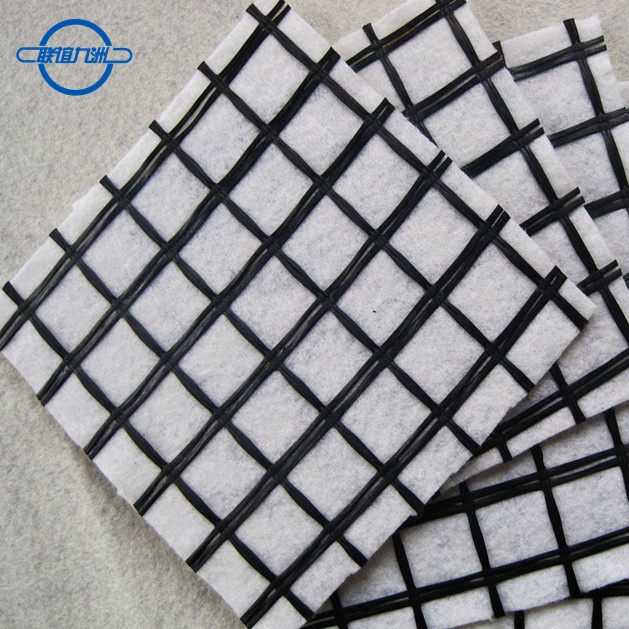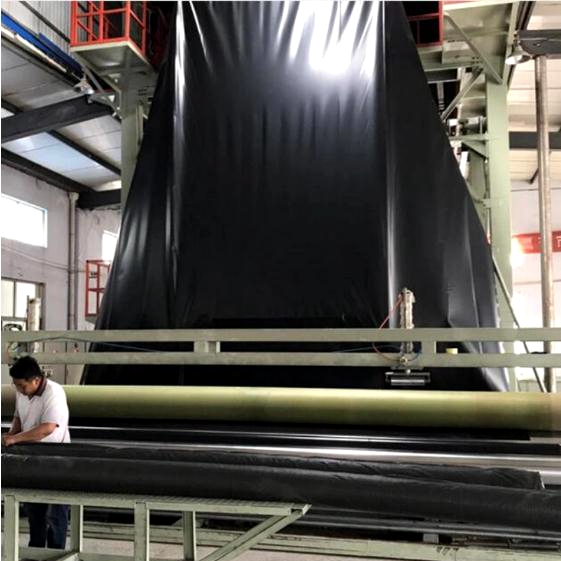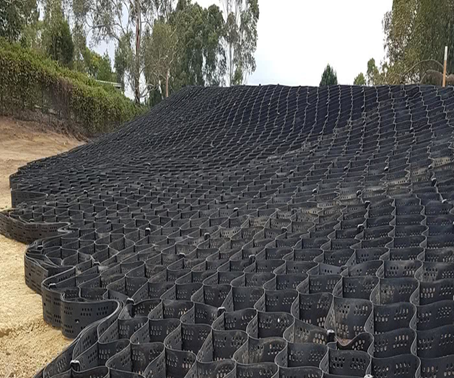Understanding the Power of Fiberglass Geogrids in Modern Construction
In the realm of modern construction, the importance of reinforcement technologies cannot be overstated. One such technology that has revolutionized the way we approach soil stabilization and pavement reinforcement is the fiberglass geogrid. This innovative material offers a multitude of benefits, making it an indispensable asset in civil engineering and construction projects.
What is a Fiberglass Geogrid?
Fiberglass geogrids are geosynthetic materials made from high-strength fiberglass fibers. These fibers are coated with a protective layer to enhance their durability and resistance to environmental factors. The primary function of a fiberglass geogrid is to reinforce and stabilize soil, aggregate bases, and asphalt layers, thereby extending the lifespan and performance of roadways, runways, and other paved surfaces.
Key Benefits of Fiberglass Geogrids
- High Tensile Strength
Fiberglass geogrids exhibit exceptional tensile strength, which allows them to distribute loads effectively and prevent deformation of the underlying soil or aggregate layers. This is particularly crucial in heavy-duty applications such as highways and industrial pavements, where the stress on the surface is significant.
- Improved Asphalt Performance
When used in asphalt reinforcement, fiberglass geogrids help to reduce rutting, cracking, and other forms of pavement distress. By minimizing the occurrence of these issues, maintenance costs are significantly reduced, and the overall lifespan of the pavement is extended.
- Enhanced Soil Stabilization
Fiberglass geogrids are highly effective in stabilizing weak soils. Their ability to interlock with the surrounding material improves the load-bearing capacity of the soil, making them ideal for use in areas with poor subgrade conditions. This enhanced stabilization leads to more durable and reliable infrastructure.
- Cost Efficiency
The use of fiberglass geogrids can lead to substantial cost savings in construction projects. By reinforcing the pavement structure, they reduce the need for frequent repairs and maintenance. Additionally, the improved performance and longevity of the infrastructure translate to long-term financial benefits.
- Resistance to Environmental Factors
Fiberglass geogrids are resistant to chemical, biological, and environmental degradation. This makes them suitable for use in a variety of environments, including those with harsh weather conditions or exposure to chemicals.
- Ease of Installation
Fiberglass geogrids are lightweight and easy to handle, making installation quick and efficient. This not only speeds up the construction process but also reduces labor costs.
Applications of Fiberglass Geogrids
The versatility of fiberglass geogrids allows them to be used in a wide range of applications, including:
- Road Construction: Reinforcing the base and sub-base layers to improve the durability of roads and highways.
- Runway and Airport Pavements: Enhancing the load-bearing capacity and performance of airport runways and taxiways.
- Railway Trackbed Stabilization: Providing stability and support for railway tracks, ensuring safe and reliable operation.
- Slope and Embankment Reinforcement: Preventing soil erosion and landslides in slopes and embankments.
- Parking Lots and Industrial Yards: Reinforcing surfaces to withstand heavy loads and frequent use.
- Landfill and Waste Containment: Enhancing the stability and integrity of landfill caps and liners.
Conclusion
Fiberglass geogrids are a game-changer in the field of construction and civil engineering. Their ability to reinforce and stabilize various materials leads to stronger, more durable, and longer-lasting infrastructure. With benefits such as high tensile strength, improved asphalt performance, and cost efficiency, fiberglass geogrids are an investment in the future of construction. Whether it’s for roadways, runways, or slopes, incorporating fiberglass geogrids into your project can significantly enhance its performance and longevity.
As the demands on infrastructure continue to grow, the adoption of advanced reinforcement technologies like fiberglass geogrids will be essential in building resilient and sustainable structures. So, the next time you drive on a smooth, crack-free highway or walk on a stable, well-maintained pavement, remember that fiberglass geogrids are working hard beneath the surface, ensuring the stability and durability of the paths we travel every day.



